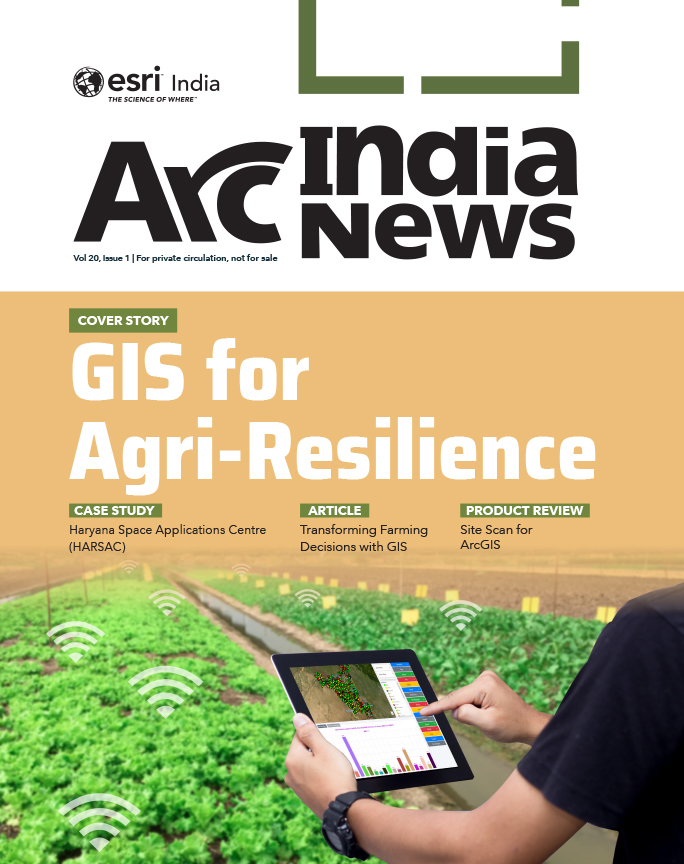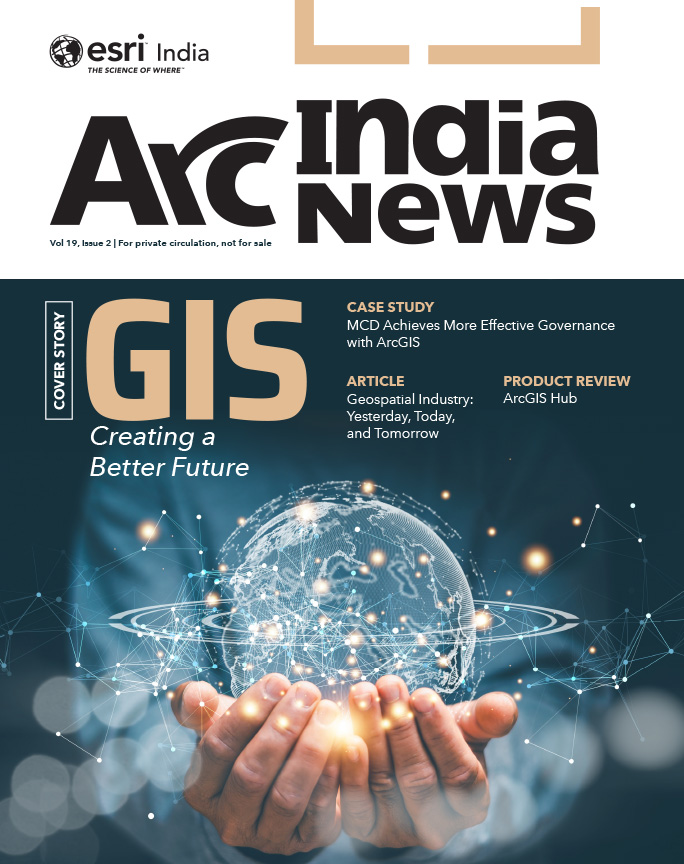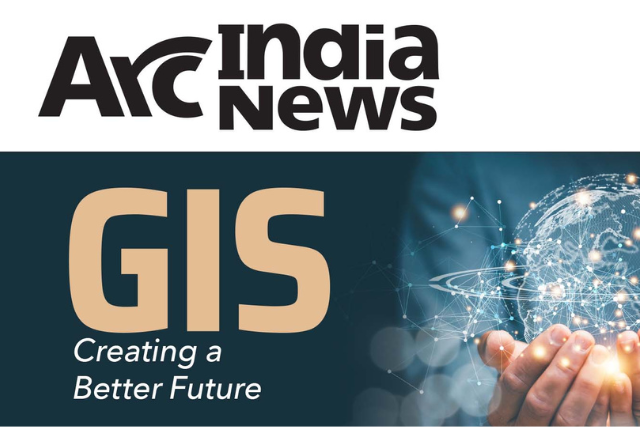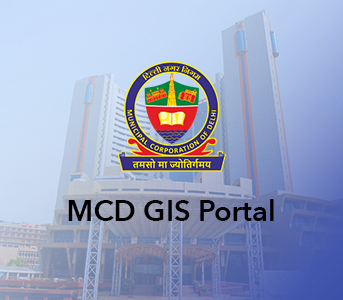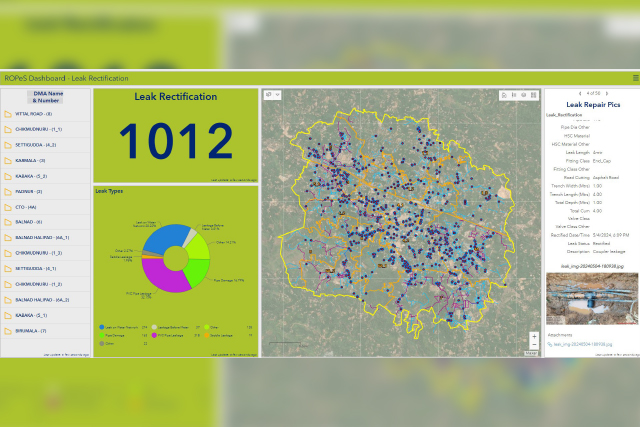With the Implementation of GIS, we could achieve a single window concept for viewing assets spread across geographical extents. With the help of COTS functionalities available through the product like Electrical Network Tracing, we could derive Consumers connected to DT/Feeder and vice versa. The software is easy to learn and comes with a whole range of plug-ins for specific needs.
Table of contents
Project Summary
Quicker & effective response to the customer’s power outages in today’s ever-changing environment is key to achieving AEML’s primary goal of enhanced customer satisfaction. To enable this AEML’s Mumbai Distribution Business has implemented an Enterprise GIS solution developed by Esri India. The GIS-based Outage Management System (OMS) has replaced its legacy application, a call-based Complaint Management System (CMS).
The Enterprise GIS solution is aimed to minimize average complaint management time by focusing on network abnormalities rather than customer calls thus improving the overall reliability of the electric system. The system determines the “most probable” location of fault that has taken place in the field on receipt of power outage complaints. With the accurate knowledge of outages & associated up-to-date distribution networks, dispatching outage crew & carrying out the field operations is improved.
Organization Details
Client
Adani Electricity Mumbai Limited
Industry
Utilities
Organization Profile
Adani Electricity is India’s largest private sector power distribution utility, distributing electricity for over nine decades in Mumbai, the commercial capital of India. It is the distribution arm of the Adani Transmission Limited (ATL), formed after the acquisition of Reliance Infrastructure Limited’s integrated Generation, Transmission, and Distribution utilities powering the city of Mumbai. A huge customer base and the spread of electricity distribution have made Adani Electricity, a business powerhouse of Mumbai. The Company owns the largest, advanced, and efficient power distribution network which helps in meeting the power demand of 2,000 MW in Mumbai. Additionally, the company offers world-class customer care service through various customer convenience offerings spanning issuing bills in multiple languages, more than 2,000 payment avenues, 24X7 multi-lingual tollfree number, contemporary customer care centers, and a bouquet of other technology-driven and value-added services.
Website
www.adanielectricity.com
Project
GIS-based Outage Management System (OMS)
Highlights
- Quicker & effective response to power outages.
- Minimized average complaint management time.
- No delays and errors in site data capture; having accurate and reliable data.
Challenges
The Enterprise GIS solution has helped AEML to overcome the following challenges that existed with the previous system.
- Managing assets spread geographically
- Reaching asset locations on-time for timely isolation and restoration
- Work-hour loss due to work duplication & subsequent data entry
- Unnecessary efforts spent on tracking jobs
- Delay in site data capture and knowing real-time progress and variance
- Errors in site data capture and having accurate and reliable data
- Non-availability of network data on demand for analysis and value engineering
Solution
The GIS-based OMS provides a number of advantages over the legacy CMS, some of them are:
- With the introduction of OMS, there is a paradigm shift in the overall approach of managing outages. Now, the focus has been shifted to the root cause of the outages (Network Device level fault, in OMS terminology: Incidents) rather than concentrating on the symptoms (individual customer complaints, in CMS terminology: Calls). This will improve the overall outage management efficiency, fewer outages, and better customer satisfaction.
- As a lot of changes are being carried out in the vastly dispersed distribution network, it is vital for the utility personnel in the control centre /outage management centre to know what exactly is happening in the field. The CMS has limitations in providing this critical information since it does not maintain field network snapshots. On the other hand, GIS based OMS provides a common window through which one can visualize & understand network changes & field operations being carried out on near-real time basis without any overhead to operation & maintenance personnel.
- The home-grown legacy CMS provides functionality to attend & handle Customer Outage Calls whereas OMS technology has progressed into determining “where” the actual outage has taken place.
- The dispatcher (Shift Engineers/System Controllers) can quickly view consumer/outage locations within OMS. This has improved the dispatching of crews, provided the utility’s customer service representatives with upto-date outage knowledge, and increased the overall effectiveness of outage restoration personnel.
- Now dispatcher overhead of performing analytical processing to understand all the outages received from a particular area in case of bulk outages is minimized.
- Even in case of bulk area outages, the dispatcher working on CMS has to manage every complaint. But in the case of OMS all complaints received from a particular area, which forms a considerable part of the common feeder/ distribution network automatically get attached to a common upstream device (i.e. most probable location identified by in-built heuristic engine). This has immensely benefited in saving outage management time.
- Sometimes during the course of outage management, it is necessary to reassign outage complaints to other crews. This was time-consuming in the earlier system whereas OMS provides an effective way of crew re-assignment.
- Instead of the crew providing the affected area information, now Dispatcher is in the position to guide the crew who are not familiar with the feeder network.
- Considering the geographic nature of Mumbai City, a considerable part of the network is laid through the hutment area. Locating outage consumers & their supply delivery points (Service points) that belong to the slum area has been a herculean task earlier. With the help of the new system now locating outage consumers & their related feeding points is going to be less laborious & efficient.
- Overall reliability of the electric system is going to be improved due to the shorter outages and hence will increase overall customer satisfaction level.
- OMS enforces better adherence to the rules (e.g. defining faults in terms of network equipment). This has brought improvement in overall consumer tagging & network updation errors.
- Since OMS keeps a record of all the outages in terms of network abnormalities; it is crucial information for short-term as well as long-term network planning and improvement.
- The underlying application architecture provides numerous advantages for integration. COM and XML (extensible Markup Language), and other existing standards enable the solution to be deployed along with work management systems, customer information system (CIS), and other technical/business systems without the need for proprietary programming tools or closed interfaces. By using open standards, both deployment and maintenance costs of integrated systems are minimized.
To download the PDF version of this article, click the button below.
Read More Articles
